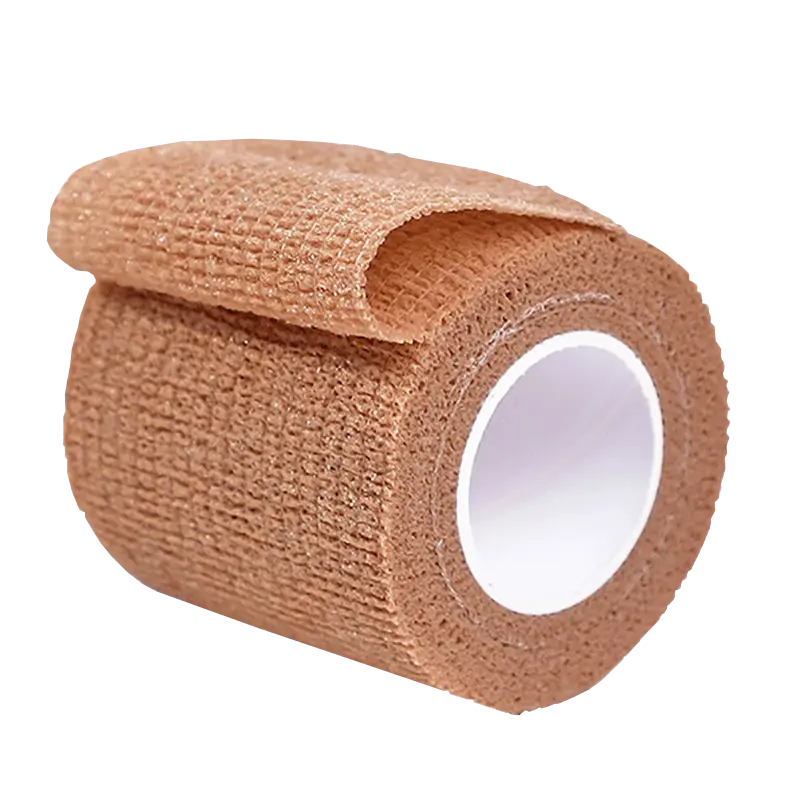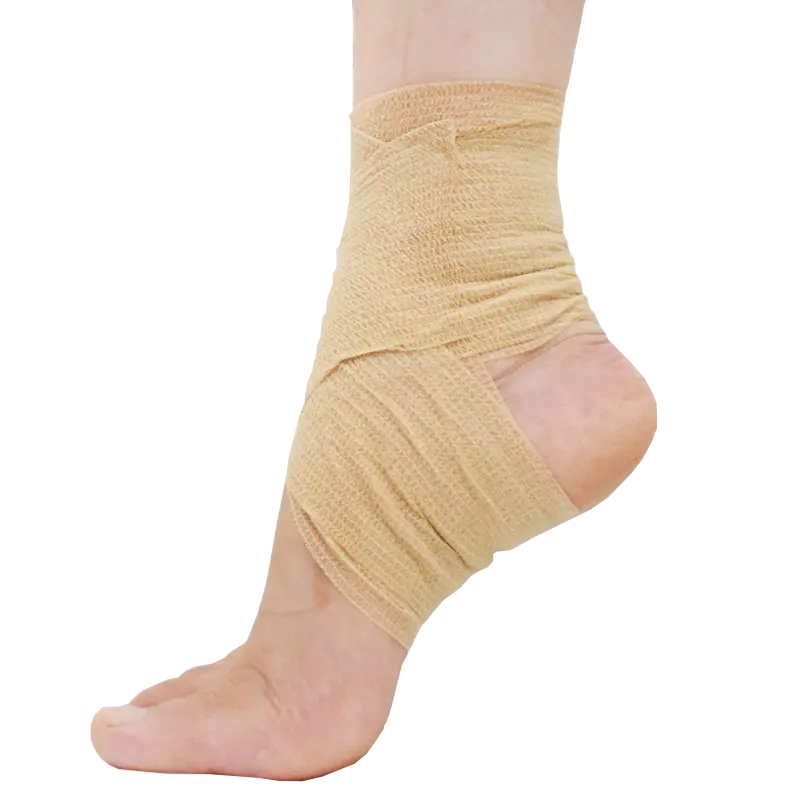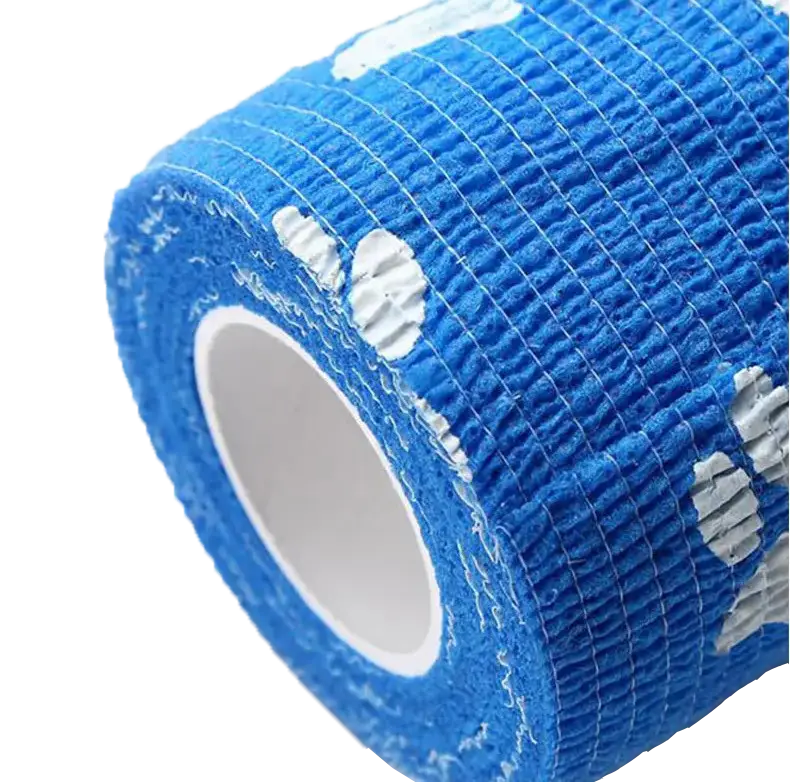Understanding Elastic Bandages
Elastic bandages are stretchable wraps designed to provide support, compression, and stabilization to injured or weak body parts. They are commonly used in first aid and sports medicine to manage swelling, sprains, and strains.

Benefits of Using Elastic Bandages
- Reduces Swelling – Elastic bandages help limit fluid buildup by applying gentle compression.
- Supports Injured Areas – Provides stability to sprained or strained muscles and joints.
- Enhances Circulation – Encourages proper blood flow, aiding in faster recovery.
- Versatile Usage – Useful for injury recovery, post-surgical care, and physical activities.
- Reusable & Cost-Effective – Unlike disposable bandages, elastic bandages can be washed and reused multiple times.
Types of Elastic Bandages
- Standard Elastic Bandages – Typically secured with clips or Velcro, used for general compression.
- Self-Adhering Bandages – Stick to themselves without the need for clips.
- Tubular Elastic Bandages – Designed for continuous coverage and often used for joint support.
- Compression Wraps – Specialized bandages used for managing chronic swelling and varicose veins.
Proper Techniques for Applying Elastic Bandages
Step-by-Step Wrapping Guide

- Start at the Right Place – Begin wrapping just below the injury site.
- Apply Even Pressure – Wrap firmly but not too tightly to prevent circulation issues.
- Use a Figure-Eight Pattern – Particularly for joints, this method ensures stability and support.
- Secure the Bandage – Fasten with clips, tape, or self-adhering technology.
- Check for Comfort – The wrap should be snug but should not cause tingling or discoloration.
When to Use Elastic Bandages
- Acute Injuries – Sprains, strains, and minor fractures.
- Post-Surgical Support – Helps control swelling after procedures.
- Physical Activity – Provides preventive support during sports or heavy movement.
- Medical Conditions – Useful for treating lymphedema and venous disorders.
Precautions When Using Elastic Bandages
- Avoid Over-Tightening – Can restrict circulation, causing numbness or swelling.
- Do Not Sleep with Tight Wraps – Remove or loosen overnight to maintain healthy blood flow.
- Monitor for Skin Irritation – Check for redness, rash, or discomfort.
- Consult a Medical Professional – If pain worsens, seek medical advice immediately.
Elastic Bandage Care and Maintenance

- Hand Wash in Cold Water – Use mild soap to clean the bandage.
- Air Dry Completely – Avoid using a dryer to maintain elasticity.
- Store Properly – Keep in a dry, cool place to prevent degradation.
Alternative Uses for Elastic Bandages
- Compression for Bruises – Helps reduce swelling and discoloration.
- Support for Weak Joints – Can be used as a temporary brace.
- Securing Ice Packs – Keeps cold packs in place without tape.
- Emergency Tourniquet – Can be used in life-threatening bleeding situations.
Elastic Bandages for Different Body Parts
- Ankle – Wrap in a figure-eight pattern for maximum support.
- Knee – Use a spiral technique to ensure flexibility.
- Wrist – Start from the palm and wrap upwards to the forearm.
- Elbow – Apply a crisscross method to maintain movement.
- Shoulder – Secure with a broad wrapping technique for stability.
Conclusion and Final Tips
Mastering the use of elastic bandages ensures effective injury management and recovery. Always wrap with proper tension, monitor circulation, and follow maintenance guidelines to extend their usability. Whether for sports injuries, medical conditions, or general support, elastic bandages are a versatile and valuable tool in healthcare and fitness. Stay informed, practice correct wrapping techniques, and consult professionals when necessary to optimize your healing journey.
Sample application
We are a company deeply engaged in the field of orthopaedic products, if you are interested, please click the button below to contact our professional team, we can provide including but not limited to consulting services, sample supply, questions.
